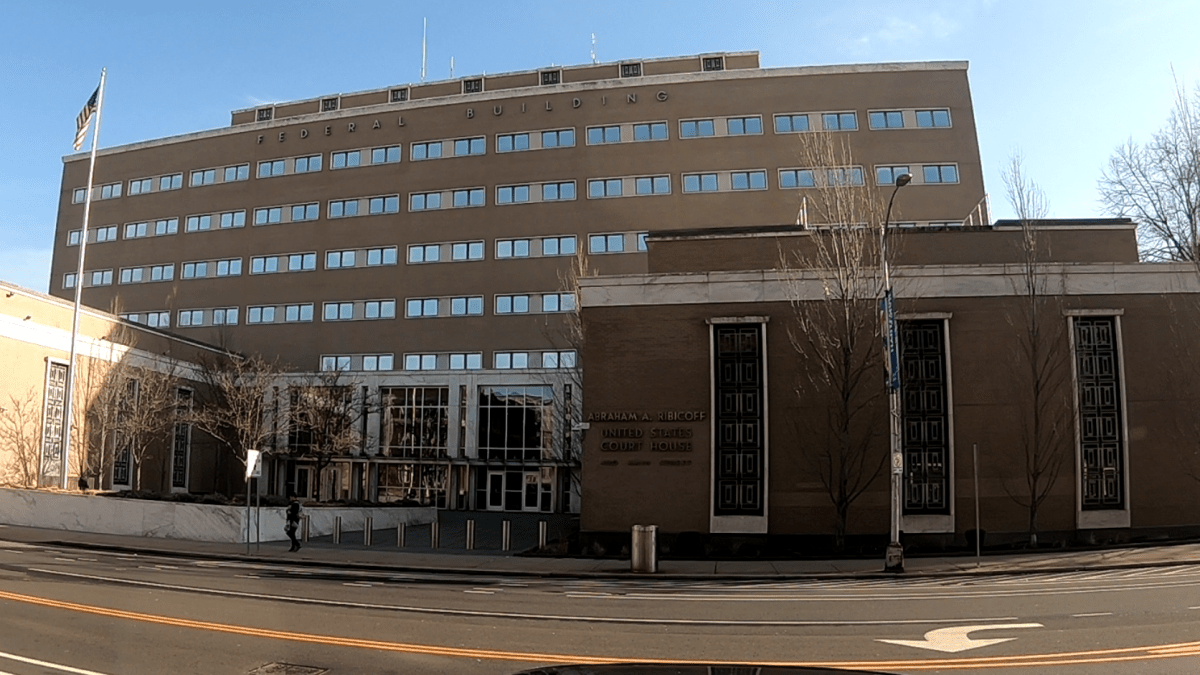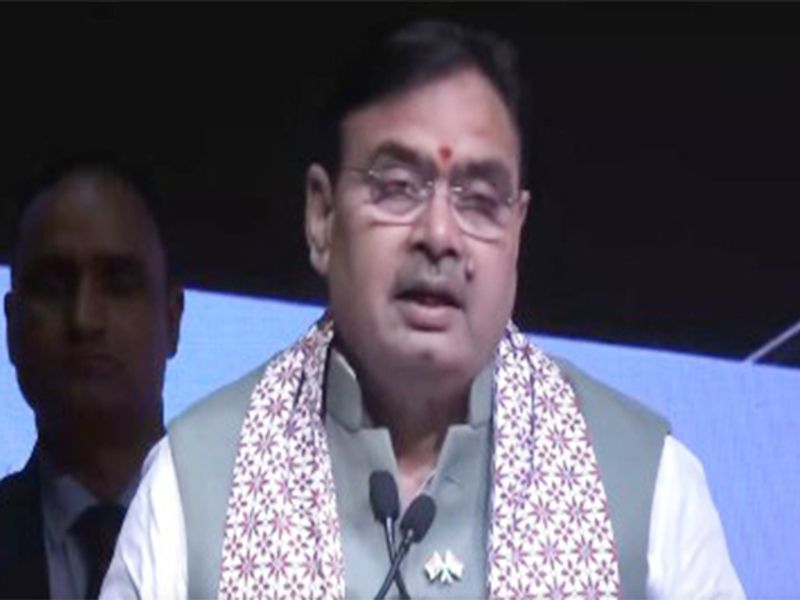Behind the Bench: Immigration Judges Navigate a Legal Minefield

In a continuing effort to reshape immigration enforcement, the Trump administration has implemented new, more flexible guidelines for hiring temporary immigration judges. This move comes on the heels of a significant judicial shake-up, with nearly 100 immigration judges either being dismissed or pressured to resign, according to recent NBC News reporting.
The White House has remained conspicuously silent about the motivations behind these widespread judicial departures. Despite the lack of official explanation, the administration appears to be systematically restructuring the immigration court system, with these new hiring rules potentially designed to quickly fill the gaps left by the mass judicial exodus.
The changes signal a broader strategy to exert greater control over immigration proceedings, potentially altering the landscape of judicial interpretation and enforcement at the nation's borders. While the full implications of these moves remain unclear, they represent a significant shift in how immigration cases will be processed and adjudicated in the coming months.
As the administration continues to reshape immigration policy, legal experts and advocacy groups are closely watching these developments, raising questions about the potential long-term impact on judicial independence and immigrant rights.








